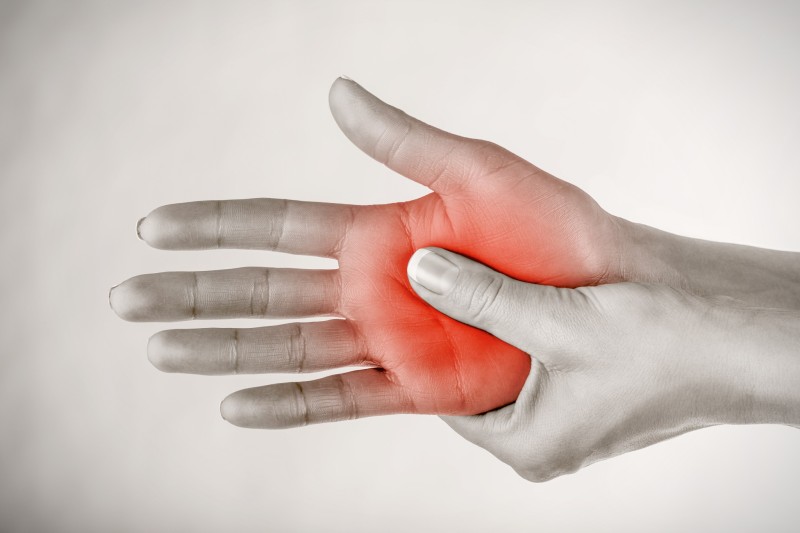After orthopaedic hand surgery, your doctor will make every effort to ensure post-operative pain is minimal.
While a certain level of discomfort may be expected, it is fortunate to note that pain control advancements has made pain management a lot easier nowadays.
There are many types of medicines available that can help control pain including nonsteroidal anti-inflammatory drugs (NSAIDs), opioids, and local anesthetics.
Apart from minimizing pain, pain medications can help patients feel more comfortable. This in turn can help the body heal and recover faster from the surgery.
When the pain felt is minimal, the patient can start moving sooner and can regain strength quicker.
Below are some of the likely medications that will be used to control pain after an orthopaedic hand surgery:
Opioid Analgesics
Opioids are considered effective when treating moderate to severe pain. It is also used to manage short-term post-surgery pain.
Made from the opium poppy plant’s dried “milk,” natural opioids are considered among the world’s oldest drugs. Other types known as synthetic or semi-synthetic opioids are artificially made in laboratories.
Regardless if it’s synthetic or natural, all opioids work by attaching themselves to certain opioid receptors found in the body (spinal cord, brain, and gastrointestinal tract) and blocking the pain transmissions to the brain.
Opioids can be given through different means—through the skin, by mouth, directly into the bloodstream, and under the tongue.
Opioids are known to work rapidly and will give patients the luxury to be more active during daytime while getting more rest during the night.
Nonsteroidal Anti-inflammatory Drugs (NSAIDs)
Nonsteroidal anti-inflammatory drugs are often given to alleviate mild to moderate pain.
NSAIDs are also often used together with opioids to manage moderate to severe post-surgery pain. Common examples of NSAIDs include naproxen, ibuprofen, and aspirin.
NSAIDs reduce swelling and pain by preventing the body from making too much prostaglandin. While NSAIDs have fewer side effects compared to opioids, when used alone, it will not be able to relieve moderate to severe post-surgery pain.
Centrally Acting Non-opioids
Tramadol
Tramadol is a synthetic opioid modeled after a popular opioid known as codeine.
Tramadol relieves pain by changing the way the body perceives pain and by interfering with the regulation of norepinephrine and serotonin.
When the production of the aforementioned chemicals is altered, it will become difficult for the pain messages to be transmitted from one nerve cell to another.
While proven effective in treating moderate pain, it is more potent when used together with acetaminophen or NSAIDs.
Acetaminophen
Just like NSAIDs, acetaminophen is often used post-surgery to minimize the use of stronger opioid medications.
Scientists believe acetaminophen elevates the body’s pain threshold, making it effective in relieving mild to moderate pain.
However, while considered effective for pain, fevers, and headaches, it does not reduce swelling and inflammation.
Local Anesthetics
Local anesthetics work by blocking pain in a small area.
In orthopaedic procedures, local anesthetics may be used during and after the procedure (as part of the post-surgery pain management).
To manage pain, local anesthetics block the pain signals that are transmitted to the brain. Commonly used local anesthetics include ropivacaine, bupivacaine, and lidocaine.
While it does not come with side effects open associated with opioid medications (constipation, breathing problems, and drowsiness), it also comes with certain risks like possible nerve damage or allergic reaction.
Regional Anesthetics
Regional anesthetics act as anesthesia during surgery and also offer pain relief after the operation.
Regional anesthetics work by blocking movement in one of the arms (supraclavicular, axillary, and intra-scalene), the lower part of the body (epidural, spinal), and the legs (sciatic, femoral).
To manage pain after orthopaedic hand surgery, the doctor will take several factors into account. With that in mind, consider openly discussing your fears, expectations, and past experiences with pain control a must.

